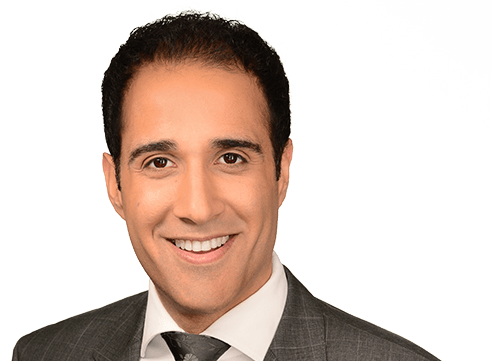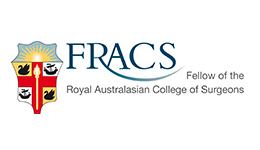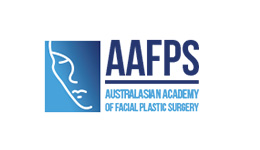Otoplasty
Am I a Candidate for Otoplasty?
Adults as well as children are both candidates for otoplasty surgery. Otoplasty is performed for cosmetic reasons only and will not affect a patient’s hearing. Children are typically considered candidates around five years of age, by this time the ears have matured and the cartilage is of adult size. To determine if you are a good candidate for ear surgery, Dr. Choroomi will review your medical history and perform an examination during your consultation.
Otoplasty Consultation with Dr Choroomi
Your initial consultation with Dr. Choroomi will last about an hour, during this time he will:
- Listen to the needs and goals
- Evaluate the ear shape, measuring the distance between the back of the skull and ears to see the degree of prominence and amount of correction needed.
- Take photographs to show the improvement after surgery.
- Recommend a treatment plan that encompasses the goals and result.
Each patient is unique therefor specific questions regarding surgical procedure, recovery risks, and results will be discussed in detail at your consultation to ensure that you are fully informed and comfortable with your surgical plan.
How is Otoplasty Performed?
Dr Choroomi performs otoplasty surgery under general anaesthetic for both children and adults. All areas are marked prior to surgery. As part of his otoplasty technique, Dr Choroomi will place incisions completely behind the ear to hide any visible signs of scarring. Once the incisions are made both excess cartilage and skin will be removed if necessary. A combination of permanent and dissolvable sutures will be used to create a fold within the ear. A bandage is then placed around the head to keep the ears tight and compressed.
Recovery after Otoplasty
The ears are made of elastic cartilage and have a degree of memory. To ensure the ear does not flip back to its original position, it is important all bandages and headbands be worn the appropriate length of time determined by Dr Choroomi.
- Post surgery discomfort is typically very minimal. Patients should expect a minor degree of swelling and sensitivity at the suture site.
- A compress bandage is worn for 24 hours post surgery and removed by Dr Choroomi the next day to ensure all wounds are healing properly.
- A lighter bandage is then placed around the head and will need to be worn for 1 week until all sutures are removed.
- At 1 week sutures are removed and a light headband, much like a tennis player, will need to be worn all day and night for the next 2 weeks. The headband will continue to be worn at night for a further six weeks to protect the ears while sleeping.
- You may return to work or school approximately 1 week following surgery and return to any contact sports after 6 weeks.
- Three months after otoplasty surgery the ears have typically healed and the swelling has completely subsided.
Risks and Complications
Your surgery will be performed safely and with care in order to obtain the best possible results.
You have the right to be informed that the surgery may involve risks of unsuccessful results, complications or injury from both known and unforeseen causes. Because individuals vary in their overall health and healing abilities, skin texture, anatomy, circulation and the way they react to medications and anaesthesia, there can be no guarantee made as to the results of surgery. Furthermore, there always exists the potential for complications.
The following complications of Otoplasty surgery have been reported in the medical literature. They are listed here for your information, not to frighten you, but to make you aware and more knowledgeable concerning this surgical procedure. The list below includes most complications that are encountered, but it is not all-inclusive.
If you have any questions regarding the potential complications listed, please discuss them with Dr Choroomi prior to your procedure.
Blood Clot
The formation of a blood clot in the ear is another possible risk of cosmetic ear surgery. A very infrequent complication, blood clots can be removed with a needle or may simply dissolve naturally.
Infection
Infection of the skin and cartilage is one of the most common otoplasty complications. Should an infection develop after cosmetic ear surgery, it is generally relieved with an antibiotic medication.
Overcorrection
The risk of overcorrection can be greatly reduced by choosing a physician with extensive training and proven results. Anyone considering cosmetic ear surgery is encouraged to learn as much as they can about their prospective surgeon’s credentials and qualifications before committing to any plastic surgery procedure.
Loosening of Sutures
A risk commonly faced by children that have undergone otoplasty is the loosening of sutures. Often a result of boisterous activity or inattention to bandaging, loosened or popped sutures may cause the ear to return to its original shape or position. Carefully following the surgeon’s post-operational instructions can prevent this from occurring. Adults are usually advised to stay home from work for a day or two after surgery. Young children are generally told to stay home from school for about a week.
Hearing Loss
Complications of this kind are extremely rare, and are almost never seen. Distortion of the auditory canal, through major changes of the concha, can cause alterations in hearing. However, a highly skilled cosmetic ear surgeon is able to evaluate the possibility of such a risk and take the necessary steps to avoid any hearing damage.







